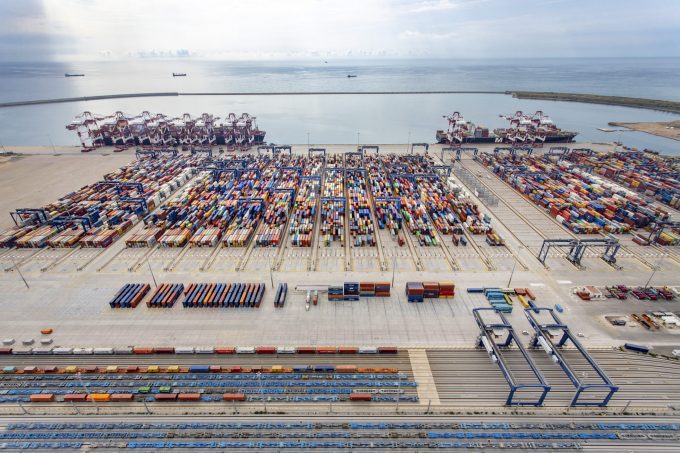Schedule reliability on the rise despite European port congestion
Despite ongoing reports and warnings of worsening port congestion levels in North European ports, container ...

Fears of widespread congestion across west Mediterranean container ports may have abated for the present, but a prolonged continuation of the Red Sea crisis could place serious pressure on the region’s port capacity.
“Carriers are optimising their networks constantly, because obviously with the de facto closure ...
CMA CGM South Korean staff strike over bonuses after bumper 2024 profit
MSC switches two more Asia-Europe port calls from congested Antwerp
CMA airline returns two freighters, while ANA takeover of NCA looms
Nightmare for Bangladeshi exporters as congestion and tariffs bite
Tradelanes: Export boom in Indian sub-continent triggers rise in airfreight rates
Carriers introduce surcharges as congestion builds at African ports
Ports and supply chain operators weigh in on funding for CPB
Front-loading frenzy has made traditional H2 peak season 'unlikely'

Comment on this article